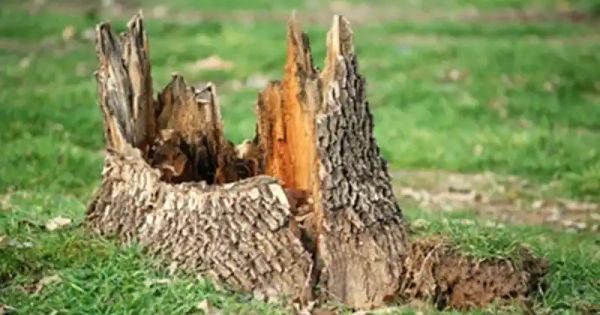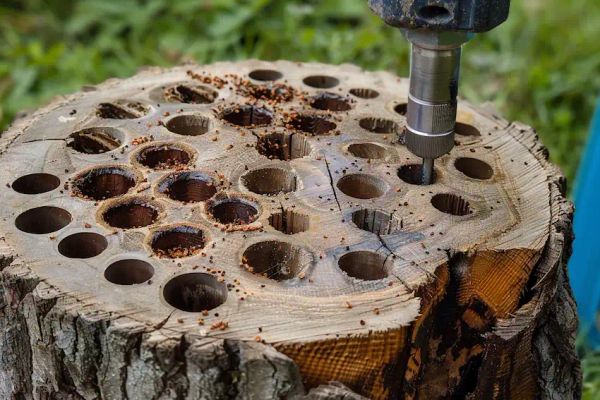Are you tired of dealing with unsightly tree stumps in your garden or yard? Not only do they take up valuable space, but they can also become a breeding ground for infections. While hiring heavy machinery for stump removal might not be feasible for everyone, there are alternative methods that are both effective and easy to use. In this article, we will explore two methods that can help you get rid of tree stumps without breaking the bank.
Using Trichoderma-Based Products
One of the most efficient ways to remove a stump is by utilizing products containing Trichoderma fungi. These fungi are beneficial microorganisms that naturally decompose plant residues. There are various Trichoderma-based products available, such as the “Profit” and “Drug” series, which target different functions to effectively break down the stump and prevent the spread of harmful bacteria.
How to Apply Trichoderma for Stump Removal:
- Drill Holes in the Stump: Use a thick drill bit to create holes about 5 centimeters deep in the stump. These holes will serve as entry points for the Trichoderma.
- Apply the Trichoderma Product: Pour the Trichoderma-based product into the drilled holes.
- Enhance Fungal Growth: If the stump is freshly cut, water it with a sugar solution made by mixing 1 tablespoon of sugar with 1 liter of water. This solution accelerates the development of Trichoderma.
- Wait and Observe: Over the course of a year, the fungi will break down the stump. You will need to put in minimal effort to remove the remaining parts, which will serve as excellent fertilizer for your garden plants.
This method not only helps you get rid of the stump but also turns it into a beneficial and effective fertilizer for your garden.
Removing a Stump with Ammonium Nitrate
Another easy method to remove a stump without physical effort involves the use of ammonium nitrate, a chemical compound that accelerates decomposition.
Materials Needed:
- Drill
- Ammonium nitrate (available in garden stores)
How to Use Ammonium Nitrate for Stump Removal:
- Drill Holes in the Stump: Use a drill bit of approximately 25mm in diameter and drill holes 12-13 centimeters deep into the stump.
- Fill the Holes with Ammonium Nitrate: Pour the ammonium nitrate into the drilled holes, making sure it penetrates deep into the stump.
- Let It Sit: Leave the stump for six months to a year. During this time, the ammonium nitrate will accelerate the decomposition process.
- Remove the Decomposed Stump: After the decomposition period, you can easily break up the stump with a crowbar or similar tool. The stump will have softened and decayed, making it much easier to remove.
This method is particularly useful for stumps in inconvenient locations, such as near fences or in garden beds, where digging a hole would be impractical.
Both of these methods are eco-friendly, cost-effective, and require minimal effort. By using biological or chemical agents, you can efficiently break down stumps and convert them into useful fertilizer for your garden. Say goodbye to the unsightly remnants of old trees and hello to a healthier, more beautiful garden!
By following these simple steps, you can finally reclaim the space occupied by tree stumps and enhance the health of your garden with the decomposed remnants acting as a natural fertilizer. Whether you choose the Trichoderma method or the ammonium nitrate method, you can achieve excellent results with minimal hassle. If you’re interested in more tips on managing tree stumps and overcoming other garden challenges, be sure to explore our article on how to kill a tree without cutting it down.





